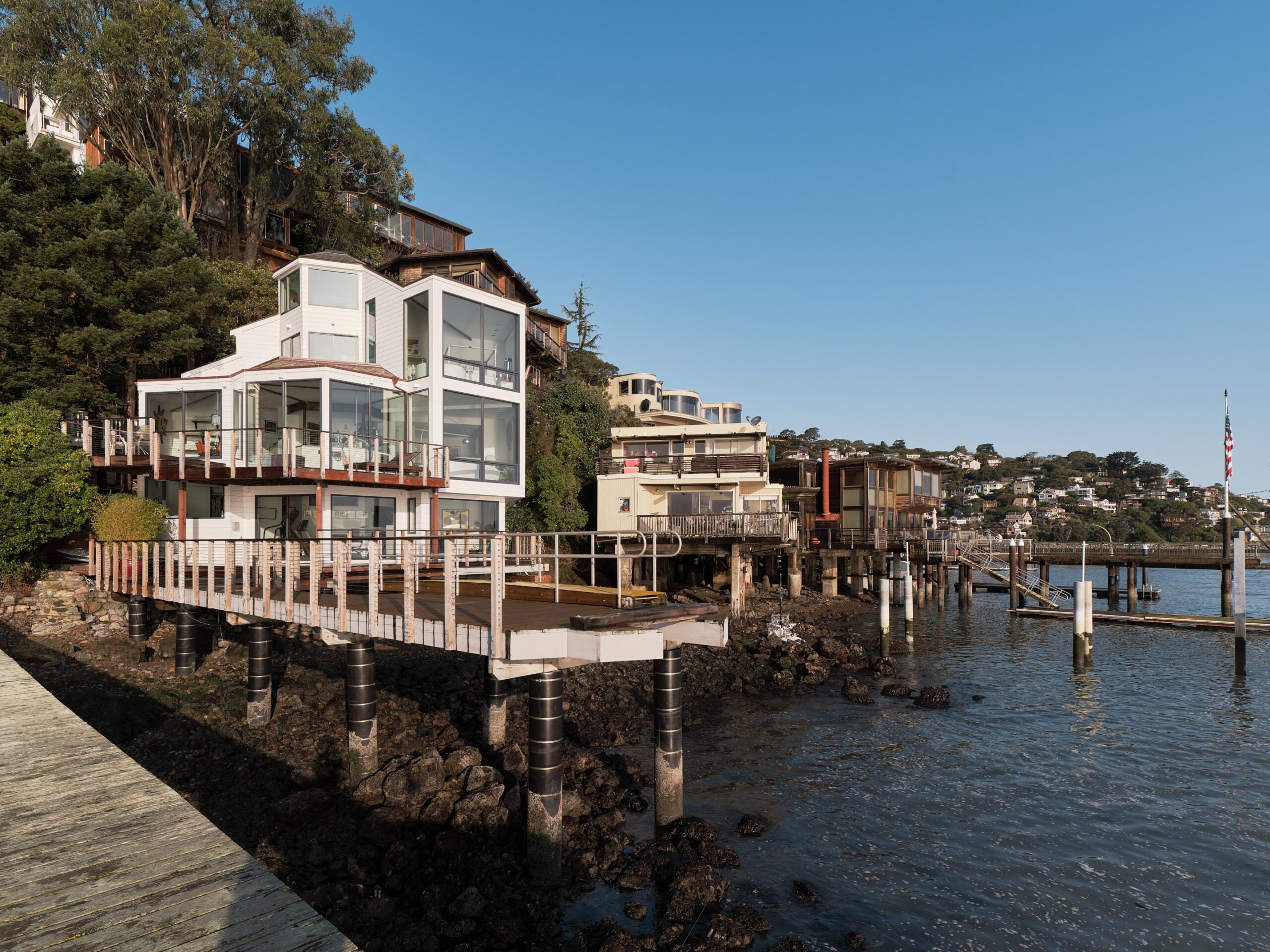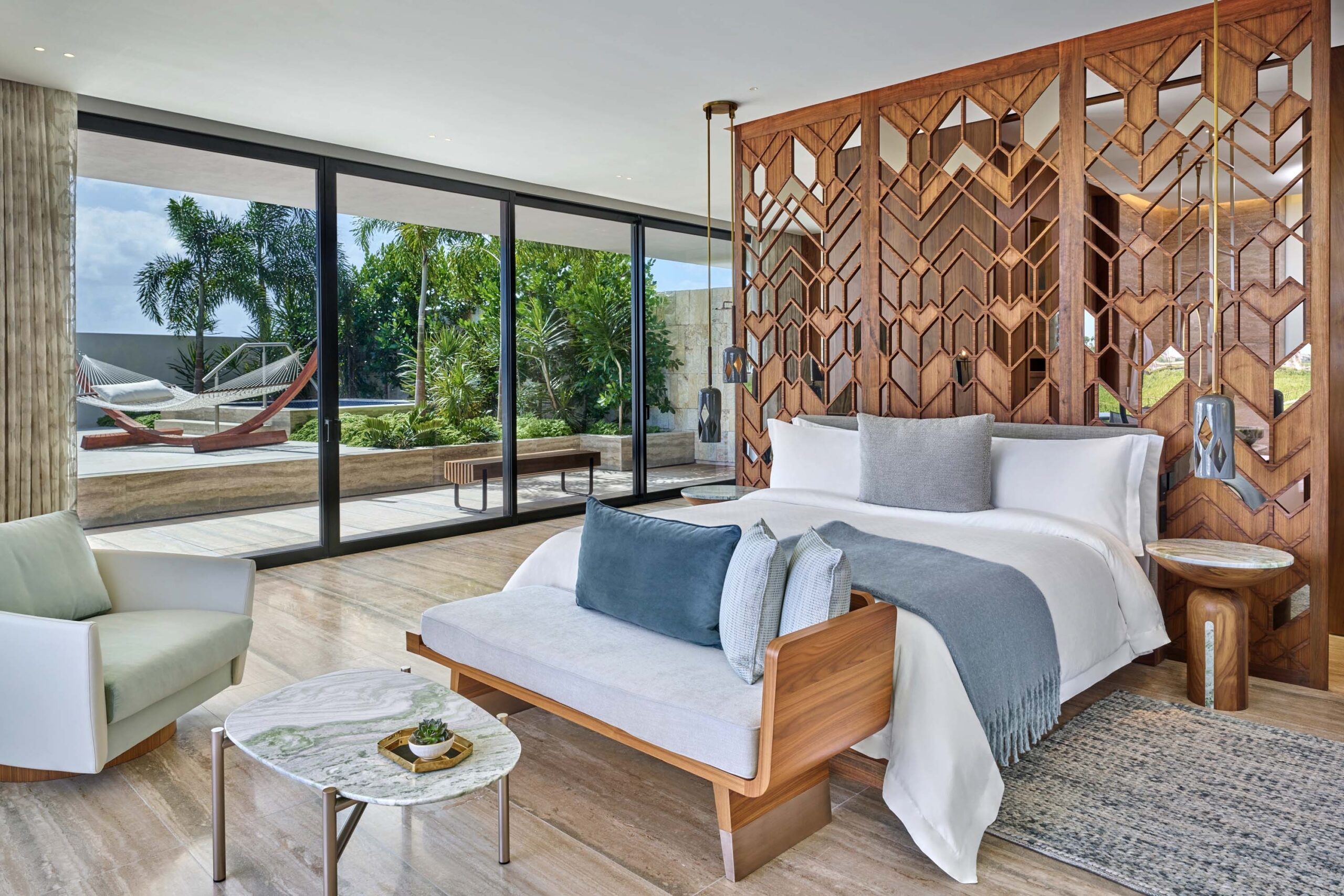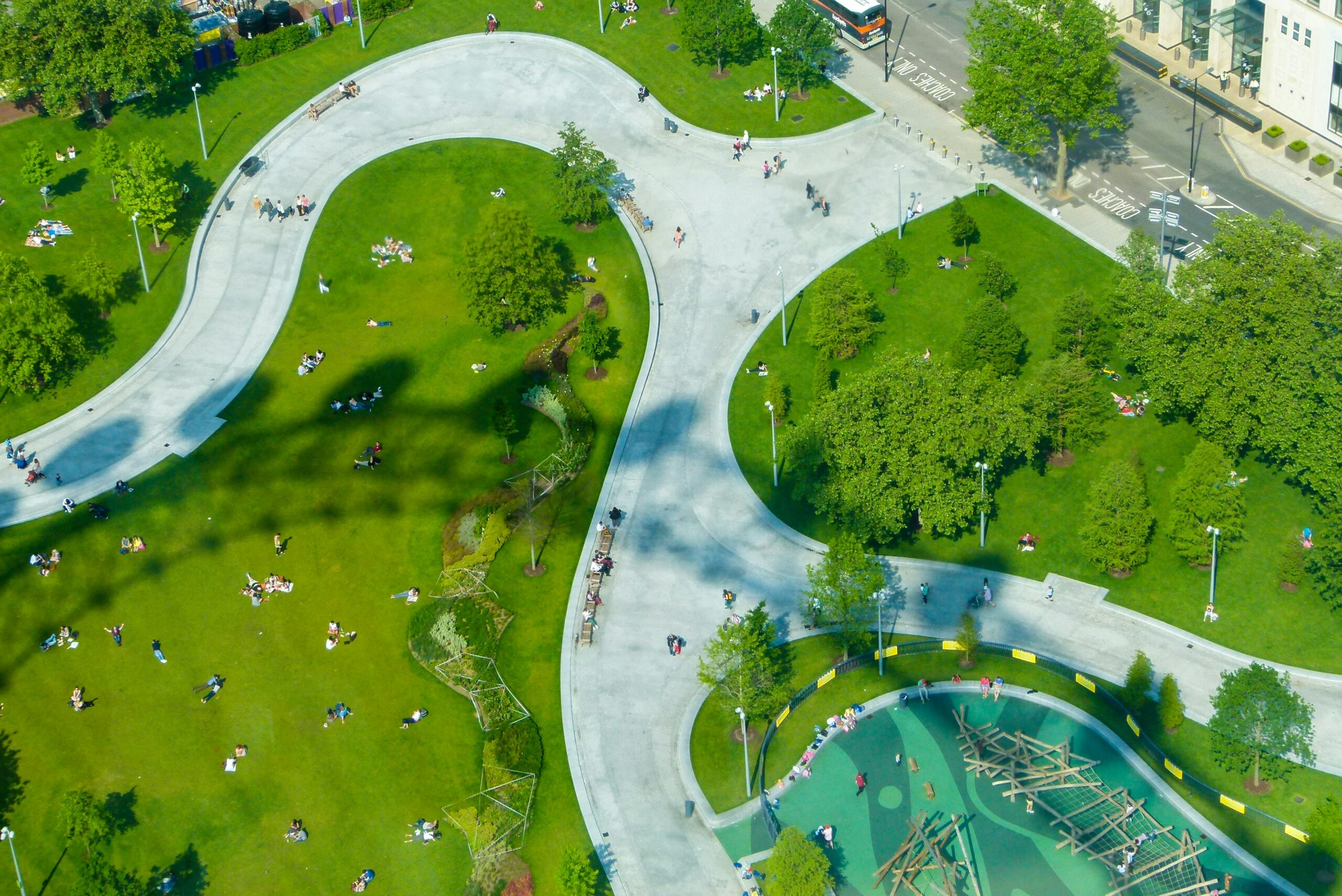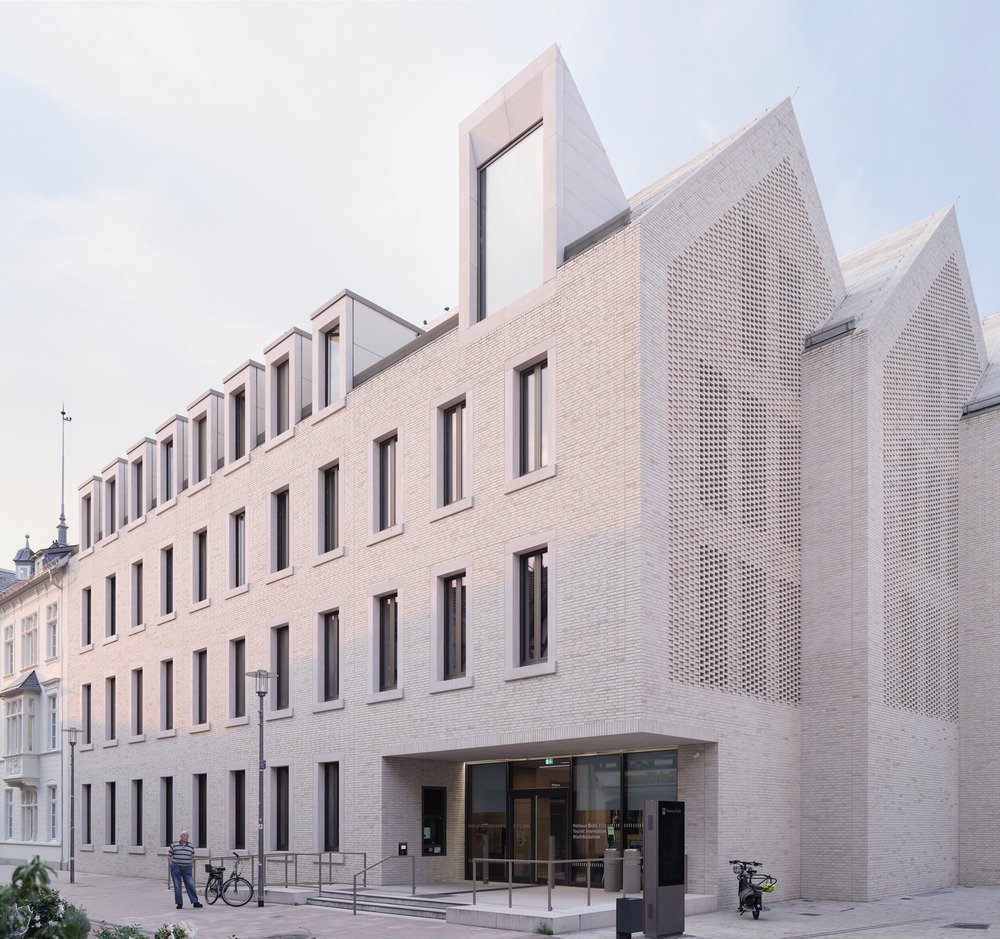In the spirit of the International Day of Happiness, let’s turn our focus to the very places where so much of our happiness unfolds: cities! Cities are the beating hearts of our society, bustling hubs of culture, commerce, and human connection. But what makes a city truly thrive? While economic prosperity and innovation are important, a growing body of research suggests that happiness is the ultimate metric for a successful urban environment. This article explores the key design elements that can transform cities into havens of joy and well-being, fostering a sense of connection and belonging for all residents.
Public Spaces Transforming From Concrete Jungles to Vibrant Plazas
Cities are often dominated by towering structures and congested traffic, leaving little room for human interaction. However, vibrant public spaces can act as the social glue that binds communities together. Imagine bustling plazas filled with laughter, children playing in interactive fountains, and community gardens bursting with life. These spaces encourage social interaction, provide opportunities for spontaneous gatherings, and foster a sense of belonging.
One such space is a custom experiential sculpture, Sky Garden, an extension of The Profound Sanctuary Garden within the Orange County Great Park (OCGP). The Sky Garden is designed to create a sense of balance for the mind and body by incorporating empty (yin) and occupied (yang) space. Paired with formed polished concrete benches reminiscent of the classic Parisian kissing bench, the ombre-coloured steel louvres reach for the sky in hopes of using form and space to sow conversation. This is a place for quiet contemplation and reflecting on the sky above, on big ideas. The vertical enclosure and the angle of the seating are meant to direct your focus beyond yourself and your immediate surroundings whilst providing a physical space for discussion with friends. The colour palette was chosen as a homage to the desert sunset.
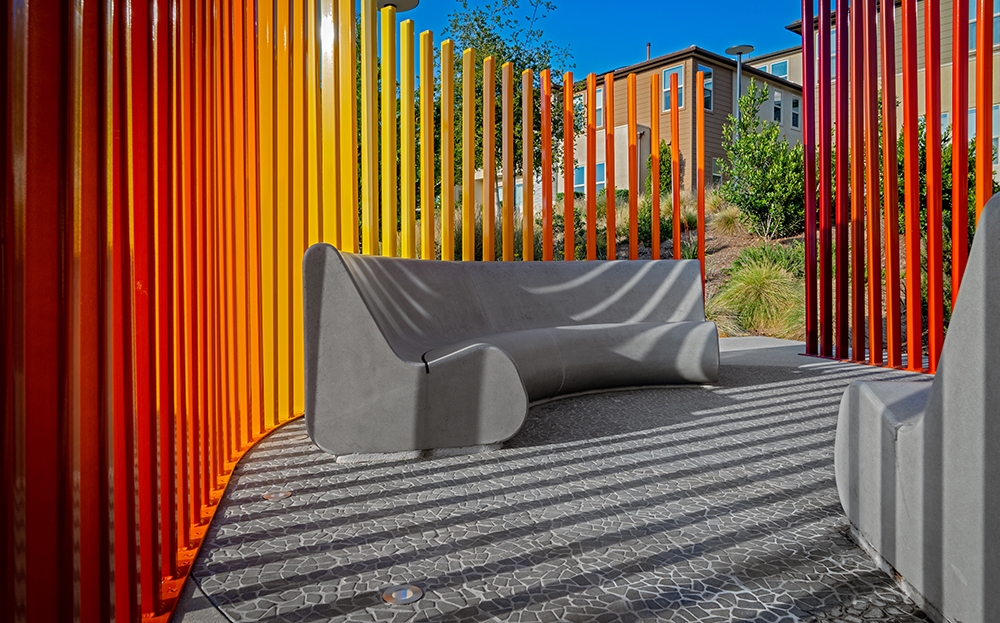
OCGP is part of the re-development of the El Toro Marine Corps Air Station, with 1,300 acres dedicated to public spaces that honour the region’s history while embracing recreation, sports, parkland, and environment. These parks are places that encourage community and wellness within the OCGP neighbourhood parks.
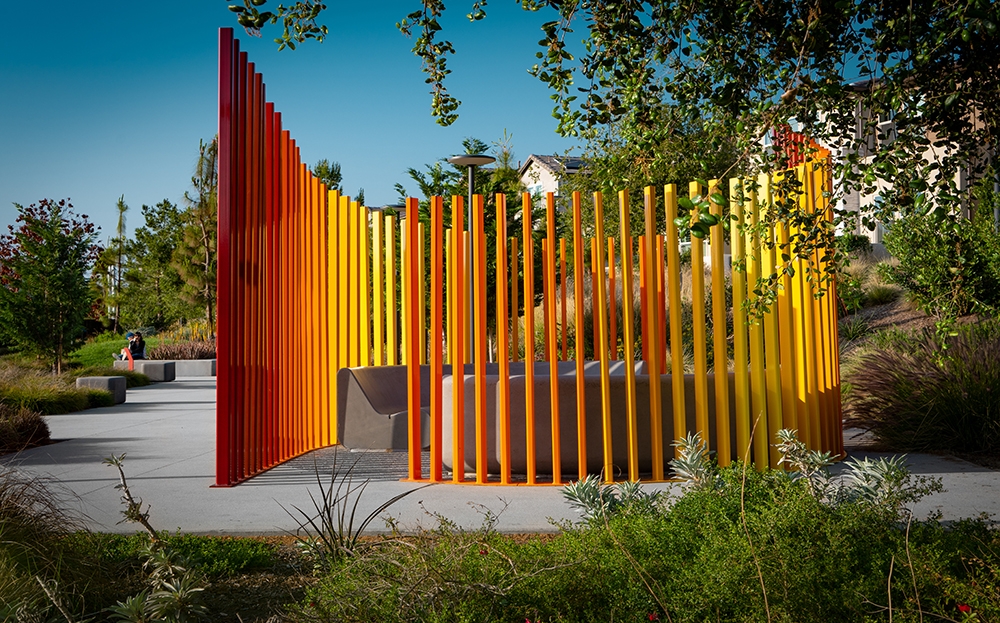
The Sky Garden was designed by the architectural firm RDC, Studio One Eleven, with David Nicholson and Christopher Gorney serving as designers.
Reclaiming the Streets for People Walking and Cycling
Car-centric urban design isolates us within metal cages, disconnecting us from our surroundings. Prioritizing pedestrian and cycling infrastructure not only promotes healthy lifestyles and reduces pollution, but also allows us to experience the city at a slower pace. Wide, well-maintained sidewalks lined with trees and inviting cafes turn everyday commutes into opportunities for discovery and connection with nature.
For example, the Greek city of Heraklion launched the project pilot of #ChallengeMyCity looking to improve the accessibility and sustainability of its urban mobility ecosystem by creating micromobility hubs through secure bicycle parking and controlling parking spaces for persons with reduced mobility (PRM) and logistics.
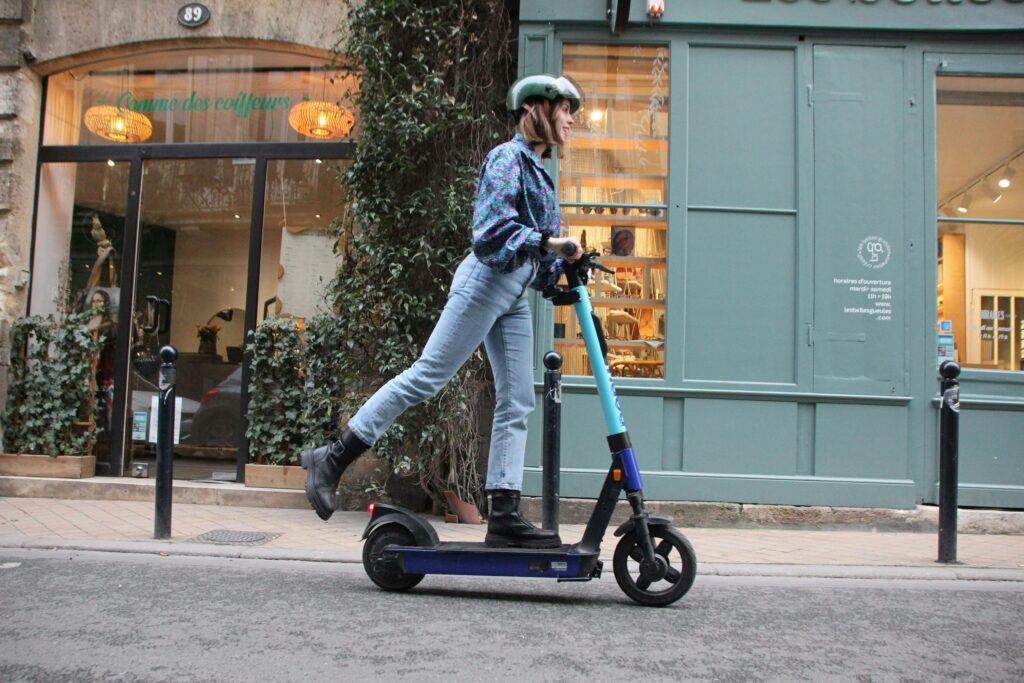
The project aims to elevate active mobility, focusing on micro-mobility and bike mobility. The objective is to deploy secure and sustainable bike and kick-scooter parking infrastructure at strategically selected points throughout the city. These hubs, featuring a flexible modular design accommodating 4 to 10 bicycles and e-bikes, cater to both spontaneous parking and charging requirements for registered users. These infrastructure enhancements are envisioned to enhance the overall quality of life for Heraklion’s residents, contribute meaningfully to climate change mitigation efforts, and foster a more robust and dependable urban mobility sector.
Urban Greening Brings a Breath of Fresh Air (and Joy)
Studies have consistently shown that spending time in nature improves mood, reduces stress, and boosts overall well-being. Integrating nature into the urban landscape is not just aesthetically pleasing, it’s a vital ingredient for happiness. From rooftop gardens and vertical green walls to expansive parks and tree-lined boulevards, bringing nature closer to residents enhances air quality, creates natural cooling solutions, and provides a sense of tranquility amidst the urban bustle.

Traditionally, it has been assumed that cultivating food leads to a loss of biodiversity and negative impacts on an ecosystem. A new study from researchers at multiple universities, including The University of Texas at Austin, defies this assumption, showing that community gardens and urban farms positively affect biodiversity, local ecosystems and the well-being of humans that work in them.
The study, published in Ecology Letters, looked at 28 urban community gardens across California over five years and quantified biodiversity in plant and animal life, as well as ecosystem functions such as pollination, carbon sequestration, food production, pest control and human well-being.
“We wanted to determine if there were any tradeoffs in terms of biodiversity or impacts on ecosystem function,” said Shalene Jha, an associate professor of integrative biology who was lead author on the paper. “What we found is that these gardens, which are providing tremendous nutritional resources and increasing well-being for gardeners, are also supporting incredibly high levels of plant and animal biodiversity. It’s a win-win.”
Previous assumptions by scientists about the negative effect of food production on biodiversity have been almost entirely based on intensive rural agriculture enterprises that tend to grow only one or two types of crops, often at a massive scale. Urban community gardens, private gardens, and urban farms and orchards tend to grow more types of plants in smaller areas. This new study is the first to explore the effects of urban gardens across a wide range of biodiversity measures and ecological services.
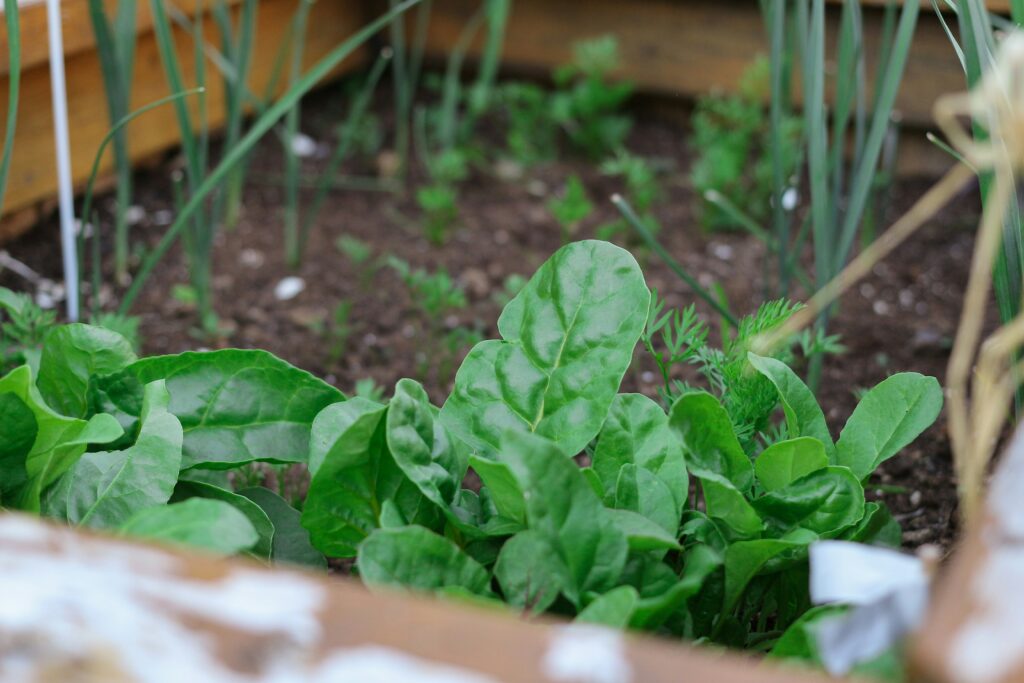
“It’s estimated that by 2030, about 60% of the world’s population will live in cities,” Jha said. “And urban farms and gardens currently provide about 15%-20% of our food supply, so they are essential in addressing food inequality challenges. What we’re seeing is that urban gardens present a critical opportunity to both support biodiversity and local food production.”
Inclusive Design Creates Cities for Everyone
A happy city is one that caters to the needs of all its residents, regardless of age, ability, or socioeconomic background. Inclusive design principles ensure that everyone can navigate the city with ease and participate fully in its social life. This includes things like accessible sidewalks with ramps and tactile paving, well-lit streets for safety, and public transportation options that are easy to use for individuals with disabilities. A city that embraces inclusivity fosters a sense of belonging and ensures everyone can enjoy its offerings.
A fantastic example of inclusive design in public lighting is the Public Lighting Old Town Burgdorf project. This award-winning design incorporates multiple features to enhance safety and usability for all:
- Optimally Tailored Lighting: The project utilizes different lighting modules for streets, facades, and even the light fixture itself. This allows for targeted illumination, ensuring clear visibility for pedestrians while minimizing light pollution.
- Radio-Based Control System: The system allows for adjusting lighting levels based on factors like time of day and pedestrian traffic. This ensures well-lit spaces during peak hours while reducing light pollution and energy consumption during quieter periods.
- Sustainable Approach: Reduced light emissions benefit not only humans but also wildlife.

Public Lighting Old Town Burgdorf, winner in Street Lighting Design at the LIT Lighting Design Awards, was executed by Luminum Gmbh, with Philipp Hert as the lead designer, alongside Liviana Suditu, Thomas Blum, and Oliver Caminada, for the City of Burgdorf.
Building Happiness, One Block at a Time
By incorporating these design elements, cities can transform into vibrant, healthy, and joyful places to live. Public spaces that foster connection, streets designed for people, nature woven into the urban fabric, and inclusivity at the core – these are the ingredients for building happiness, one block at a time. As we design our cities for the future, let’s prioritize the well-being of their residents, creating happy havens where communities thrive and joy flourishes.



